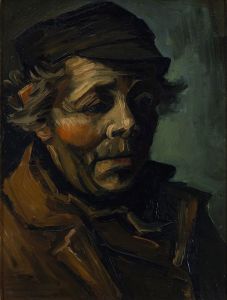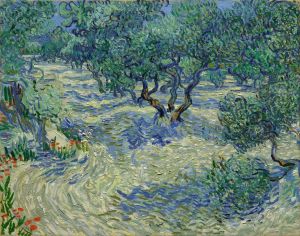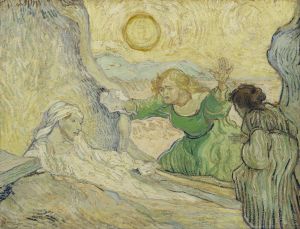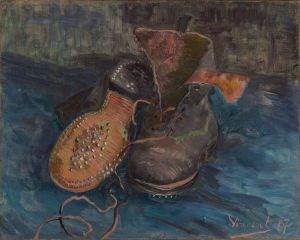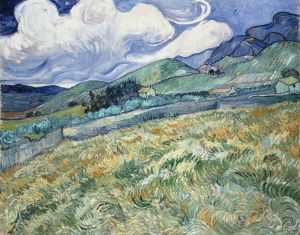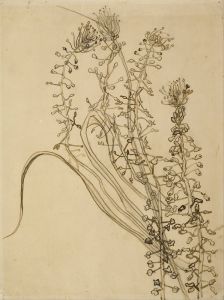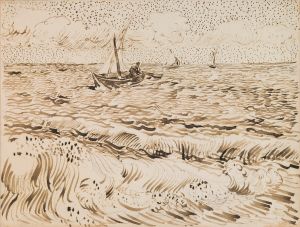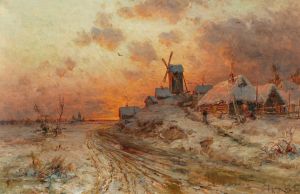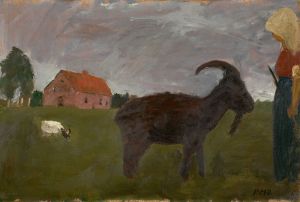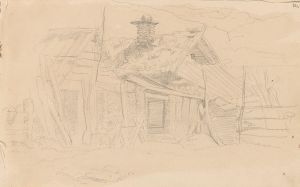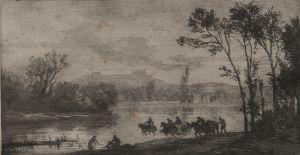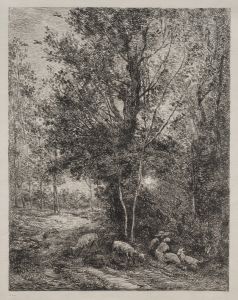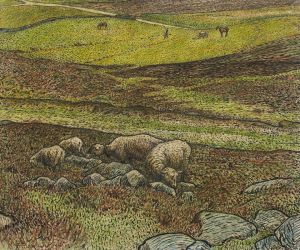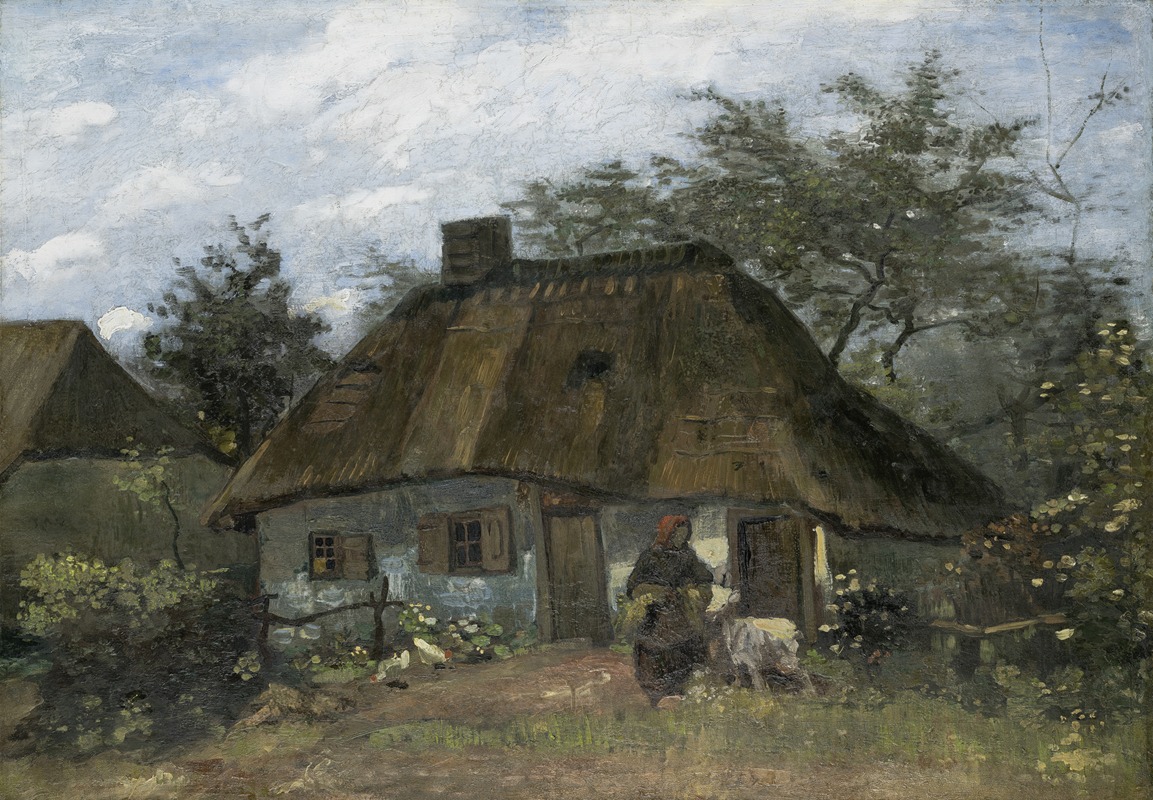
Farmhouse in Nuenen
A hand-painted replica of Vincent van Gogh’s masterpiece Farmhouse in Nuenen, meticulously crafted by professional artists to capture the true essence of the original. Each piece is created with museum-quality canvas and rare mineral pigments, carefully painted by experienced artists with delicate brushstrokes and rich, layered colors to perfectly recreate the texture of the original artwork. Unlike machine-printed reproductions, this hand-painted version brings the painting to life, infused with the artist’s emotions and skill in every stroke. Whether for personal collection or home decoration, it instantly elevates the artistic atmosphere of any space.
"Farmhouse in Nuenen" is a painting created by the Dutch artist Vincent van Gogh in 1885. This work is part of Van Gogh's early period, during which he focused on rural life and the working class, often depicting scenes of peasant life and the countryside. The painting reflects Van Gogh's interest in the everyday lives of ordinary people and his desire to portray their connection to the land.
The artwork was created while Van Gogh was living in Nuenen, a small village in the southern Netherlands. Van Gogh moved to Nuenen in December 1883 and stayed there until November 1885. During this time, he produced a significant body of work, including drawings and paintings that explored themes of rural labor and the natural environment. "Farmhouse in Nuenen" is one of several works that depict the local architecture and landscape of the area.
The painting features a modest farmhouse, rendered in earthy tones that reflect Van Gogh's subdued palette during this period. The composition emphasizes the simplicity and functionality of the structure, with its thatched roof and rustic appearance. The surrounding environment, including trees and vegetation, is depicted with a sense of realism and attention to detail. This focus on rural settings and humble dwellings is characteristic of Van Gogh's work during his time in Nuenen.
Van Gogh's artistic style during this period was influenced by the Dutch Realist tradition, particularly the works of artists like Jean-François Millet, who also depicted rural life and peasant labor. Van Gogh admired Millet's ability to convey the dignity and hardship of rural existence, and this influence is evident in "Farmhouse in Nuenen."
The painting is part of Van Gogh's broader exploration of rural themes, which culminated in his well-known masterpiece "The Potato Eaters" (1885). While "Farmhouse in Nuenen" may not be as famous as some of Van Gogh's later works, it provides valuable insight into his development as an artist and his commitment to portraying the lives of ordinary people.
Today, the painting is recognized as an important example of Van Gogh's early work, showcasing his evolving style and thematic interests. It is housed in a collection that preserves and celebrates his contributions to art history.





